Take, for instance, the massive scale of Ivanpah. It’s the world’s largest Concentrated Solar Project (CSP) located in the Mojave Desert in San Bernardino County off Interstate 15 just southwest of the Nevada border. It uses thousands of mirrors that direct sunlight at boilers on top of three 459-foot tall towers, heating a liquid to create steam used to run a turbine. This generates energy that is then fed into the grid. Carlsbad-based NRG Energy operates the Ivanpah project, which it co-owns with Google and Oakland-based BrightSource Energy.
Another CSP project under construction, also co-owned by BrightSource Energy, is Ashlaim in the Israeli desert. More than 50,000 computer-controlled heliostats, or mirrors, track the sun on two axes and reflect sunlight onto a boiler on top of a 250-meter tower.
These two solar powered megaplexes are examples of private companies venturing into the renewable energy market on a grand scale.
But, there are concerns about the birds!
Environmental concerns have been voiced about such large CSP projects. A study of the impact Ivanpah had on migratory birds revealed concerns about the actual number of dead birds found at the site. Fresno-based H.T. Harvey & Associates in its report estimated the annual bird death total at 3,504 — 1,492 from known causes and 2,012 from unknown causes. The report also suggested that 83 different species of birds were found at the time.
…And CSP is really not applicable for single building applications!
Undoubtedly, large solar projects such as these will continue to be constructed, as governments seek new ways to reduce carbon emissions worldwide. Such large-scale projects are focused on adding electricity to the transmission grid. And, the expense and scale of operation precludes them from ever being a viable application for a single building, such as a warehouse or hospital.
Another option in solar energy is… Solar Photovoltaic (PV)
Like CSP, it also produces electricity, but on a smaller scale.
When people think of solar energy, they usually envision rows of solar panels grouped together as an array of series and parallel-connected modules each capturing the sun’s energy (and working best on sunny days!) to convert to electricity. This electricity is then used to operate residential appliances, commercial equipment, lighting and air conditioning for all types of buildings. Through stand-alone systems and the use of batteries, it is also well suited for remote regions where there is no electricity source. Solar PV panels can be ground mounted, installed on building rooftops or designed into building materials at the point of manufacturing.
The size of the solar array, battery bank, and AC inverter required for a typical solar PV application depends on a number of factors, such as the amount of electricity you use, the amount of sunlight at the site, the number of days without backup that you require, and the peak electricity demand at any given time.
Like their larger cousins (CSP), PV solar systems are chasing the sun to capture its energy and convert it into electricity.
You may be thinking–
”There’s GOT to be a better way?”
Introducing…
Ever since man lived in caves, he has been seeking ways to use heat to warm himself, his living space (cave or not), and his water.
Now, solar thermal technologies allow us to do this on a much larger scale. Solar thermal technology collects UV radiation from the sun and converts it into HEAT (not electricity).
You already know that heating water is one of the most costly uses of electricity! Solar thermal collectors are now available with a proven technology that allows the sun, not fossil fuels, to provide this HEAT. The cost for this heat (and it can be substantial when heating water!) can often be eliminated 100%!
“How does it work,” you ask?
Solar UV Solutions’ SunQuest 250 solar thermal collectors capture the ultraviolet (UV rays) of the sun to produce HEAT (not electricity). And, that’s an important advantage over traditional PV solar panels. UV rays are present even on cloudy days. (If you’ve ever gotten a bad sunburn on a cloudy day, the UV rays caused it!) By trapping these rays, our SunQuest 250 collectors convert these powerful rays into HEAT, regularly delivering almost 10 times more BTU’s than competitive PV panels. Each panel can produce up to 300,000 BTU’s at peak, per 10-hour solar day.
And, therein lies the difference from photovoltaic (PV) solar panels. They create electricity. We create HEAT!
HEAT generated from our SunQuest 250 collectors = BIG ENERGY SAVINGS FOR YOU!
This thermal energy can be used in a number of commercial applications. They include:
Solar UV Solutions welcomes the opportunity to discuss your energy needs and show you how our SunQuest 250 solar thermal collectors can save you big $ in heating costs.
Contact us today to learn how your business can start saving with solar thermal energy
